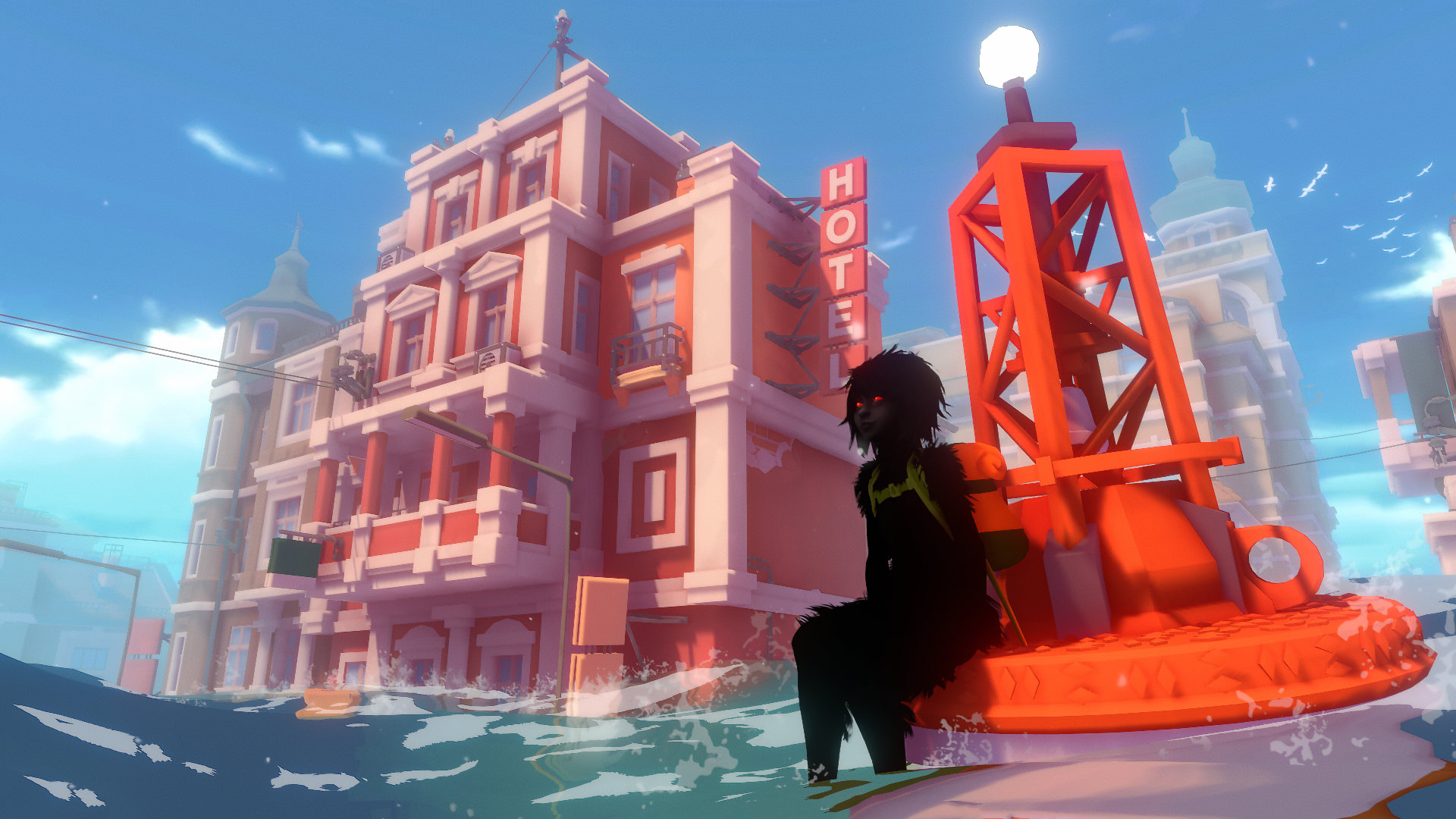Tom's Guide Verdict
Sea of Solitude offers up a lot to love, with its rich aesthetics and well-intentioned design, but it fails to make a lasting impression with its gameplay or story.
Pros
- +
Gorgeous art style
- +
Relevant themes
- +
Solid gameplay
- +
Earnest design philosophy
Cons
- -
Overreliance on metaphors
- -
Flawed storytelling
- -
Not terribly inventive
- -
Little replay value
Why you can trust Tom's Guide
Sea of Solitude opens by alerting the player that the game they're about to experience contains distressing and mature themes, adding that developer Jo-Mei Games is not trying to offer professional guidance on loneliness or depression. Rather, the game maker is only trying to share an experience.
This is not the silly kind of preemptive disclosure an Assassin's Creed game might have, wherein such remarks are used as a shield against political or social criticisms. Rather, it's a mission statement that lays bare Jo-Mei Games' intended outcome for this narrative-driven platformer. And to the devs' credit, the game indeed delivers an experience — though, unfortunately, it's not quite as rousing an experience as I imagine the developers had hoped.
A story both as deep as the sea and shallow as a pond
Sea of Solitude's story starts on a small, wooden lifeboat harboring a girl named Kay, whose entire body is pitch black, save for her glowing red eyes. She needs to find a way to deal with some monsters inhabiting the sea in front of her.
Anything beyond that paper-thin explanation of the plot would necessitate entering spoiler territory, but make no mistake: There's more going on than the game initially advertises. The story's fleshed-out cast and their associated character arcs enable the game to explore its central theme of coping with loneliness and depression from multiple perspectives. This makes the plot more engaging than those of other games that have tried, and failed, to tackle such a delicate subject matter in an intelligent, well-rounded way.
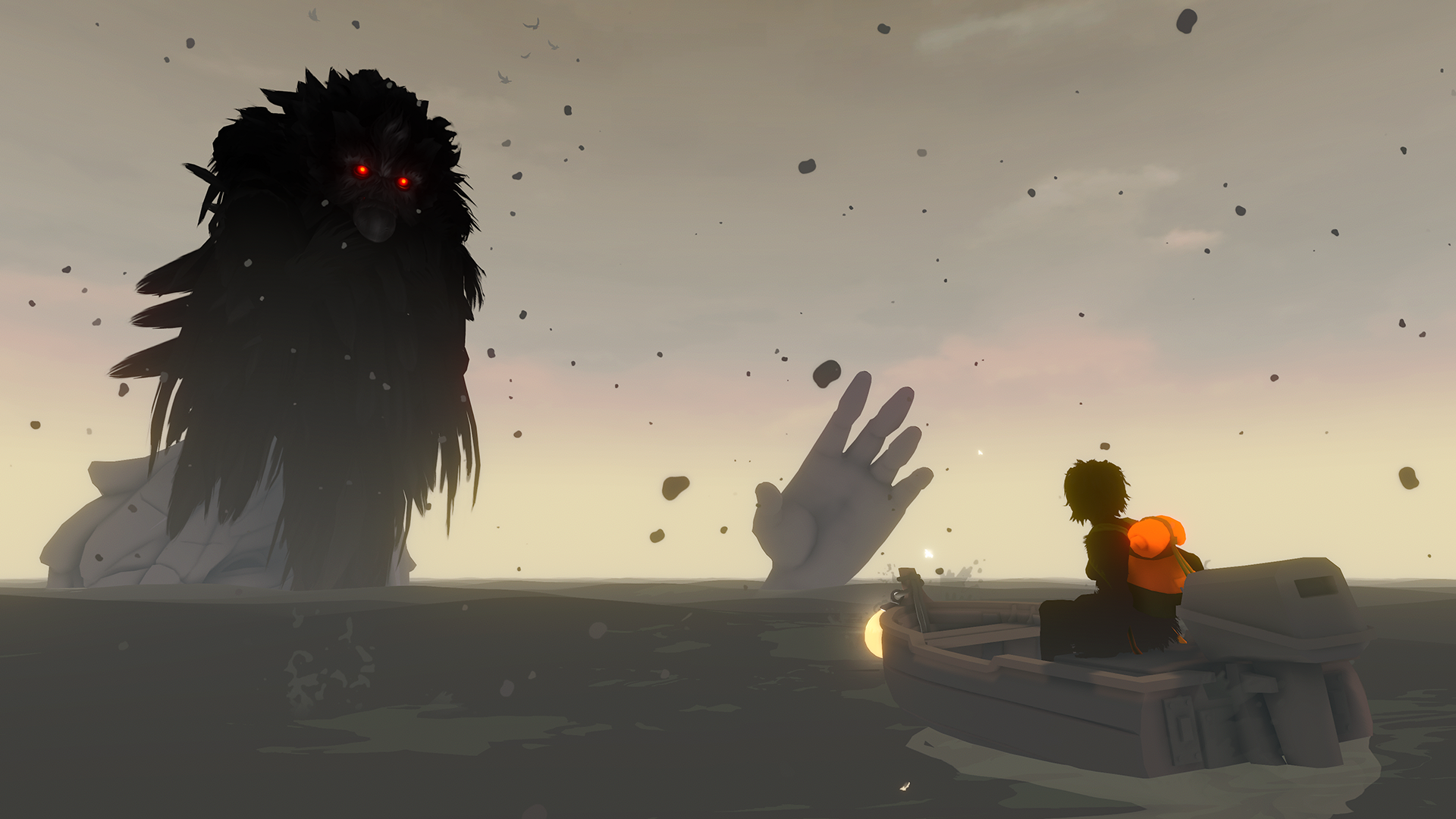
However, as smartly planned as the plot is, its execution is not without flaws. Throughout the game, shoddy dialogue and tired clichés about mental illness are intermixed with random bouts of truly inspired, uncomfortably authentic depictions of depression, making SoS's attempts at eliciting emotion somewhat uneven.
There's also a fair bit of ambiguity in the narrative, which addresses real social and mental health issues but doesn't always provide definitive resolutions. Often, key struggles are resolved with insinuation, suggestion or obscure metaphor. This level of openness to interpretation may frustrate gamers looking for actionable solutions or straightforward explanations as to how the storytellers navigated their own moments of sadness and loneliness.
These narrative issues become too hard to ignore when Sea of Solitude subtly floats the notion of a sequel or spinoff. This suggests that the most interesting journey has yet to come and that any chance of unraveling the game's final life lesson, one that may help players who are going through hard times in their own lives, will have to wait until the next installment. Sea of Solitude mistakenly thinks that closure comes from seeing a character's final outcome, failing to recognize that showing how the character got there is far more important.
Sea of Solitude
Interactive isolation
Sea of Solitude isn't just a thoughtful story wrapped up in artsy window dressing; it's also a game. It's primarily a platformer and boating adventure, wherein you'll traverse the buildings and flooded streets of a decaying city as you run away from, and sometimes even chase after, monsters. Movement physics competently straddle the fine line between floaty and weighty. Gameplay is extremely forgiving, in the sense that dying will never set you back very far on the off chance you fail a sequence, but there's a genuine sense of tension when you're hastily platforming to avoid the approach of a nearby monster.
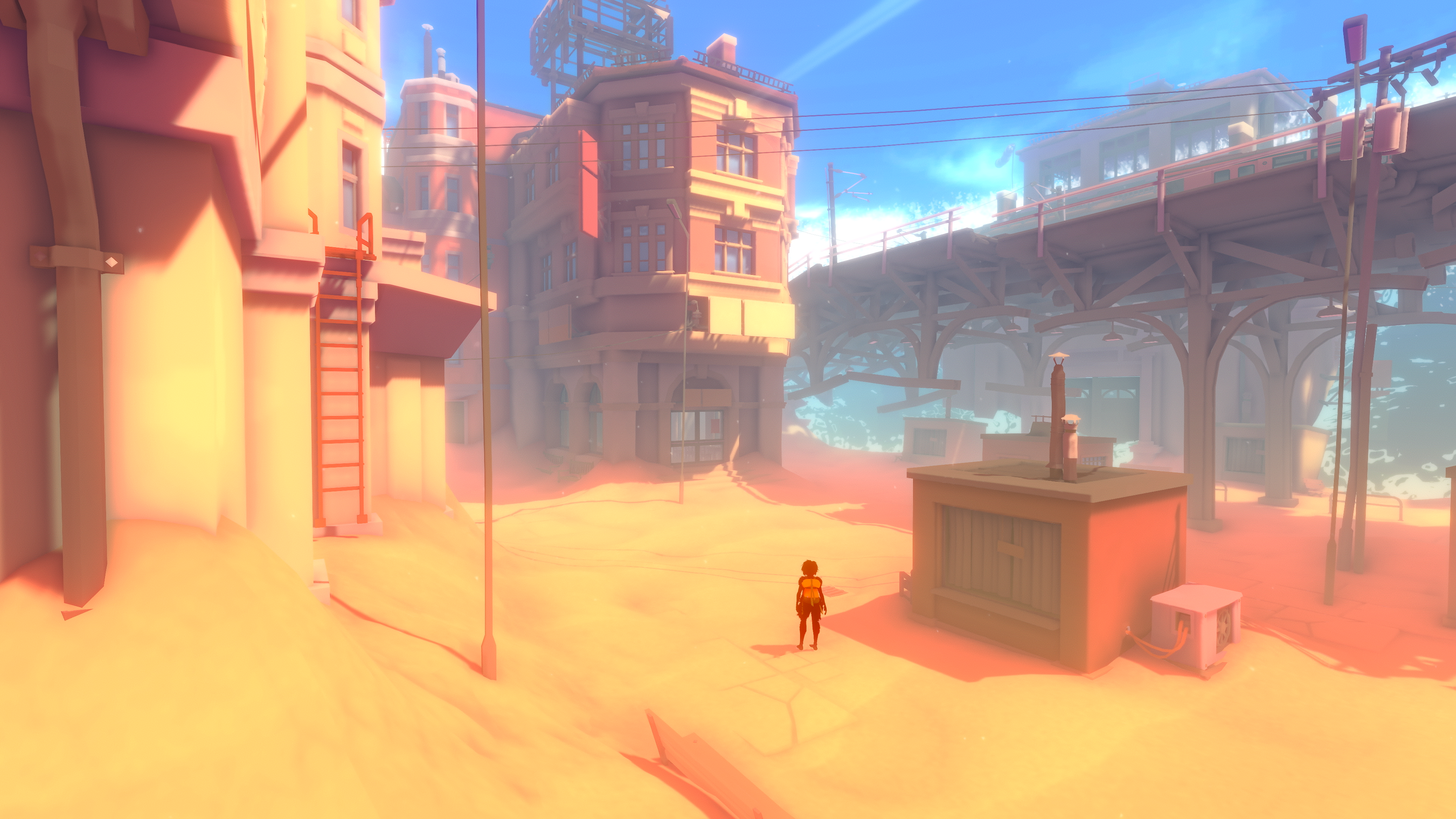
Said tension is in large part due to the game's excellent sound design and masterful foley work. The world of Sea of Solitude, from its monsters to its raging waters, sounds genuinely scary, and there's often a hypnotic rhythm to the nightmarish noises, which helps compel the player forward, even in the most frightening circumstances. That's why it's a slight shame that Kay constantly talks to herself, sometimes detracting from the atmosphere and generally spooky ambiance the game is trying to create. This fault is amplified by Kay's voice actor, Miriam Jud (who is also the game's lead animator), and her good, but not great performance.
Nevertheless, Sea of Solitude has gorgeous graphics, reminiscent of Legend of Zelda: The Wind Waker, and A-grade sound design. When these are firing on all cylinders, it's easy to enjoy the simplistic gameplay and become enthralled by the game's smaller-than-it-seems main city and detour locales. But while these all make for an enjoyable experience, there's little reason to go through them twice.
Sinking under pressure
The only real motive to replay Sea of Solitude is to find its collectibles. These include cute seagulls who give players a tactically advantageous bird's-eye view of upcoming terrain as well as bottles with messages that reveal an interesting story within a story. Thanks to the game's omission of invisible walls between structures, experimenting with the limits of SoS's platforming mechanics to find these hidden items is supremely satisfying and rewards risk taking.
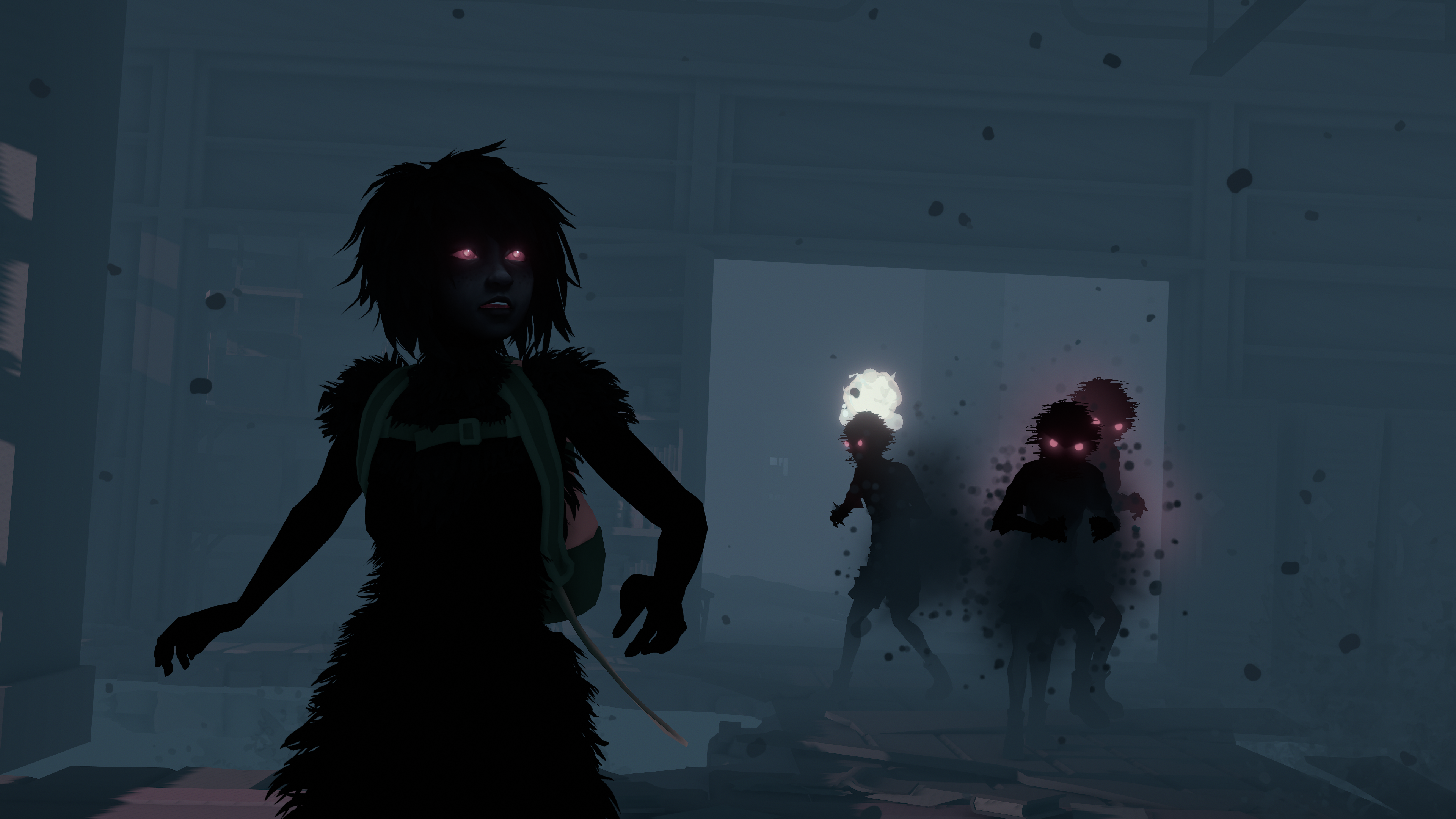
The problem with the game's collectibles is that there's no way to track which ones you've missed, and there's not a ton of incentive to go back and explore the game all over again just for those overlooked items. This wouldn't be a huge issue if there were any other replay value or if the gameplay itself were engaging enough to warrant multiple playthroughs. But, though functional, the boating and platforming are not this game's primary selling points.
There's no additional content beyond the game's story, which lasted me just over 4 hours, including the time it took to gather the vast majority of collectibles. This means players have virtually no incentive to pick up the game again after they blaze through the adventure in one or two sessions.
That the game's mechanics themselves don't single-handedly sell the experience reveals yet another issue with Sea of Solitude: It doesn't need to be a game at all. It doesn't do much that an artsy, animated indie film couldn't; its most important moments are relegated to noninteractive cutscenes, and the runtime of the core story is short enough to be a feature film. Though this game is fun enough when it tasks you with hopping around and boating, SoS doesn't take full advantage of the medium it inhabits.
Criticisms aside, there's definitely a lot to love in Sea of Solitude. It's heartfelt and reminiscent of another spooky game starring a lonely kid trapped in a hellish, surreal world: Little Nightmares. Not only do the two games have the same themes and tone, but they even share platforming mechanics and bottle collectibles, and they both have starring roles for troubled girls in yellow raincoats. So, if you like moody, eerie adventure games with a striking resemblance to Little Nightmares, Sea of Solitude might be your cup of tea.
Bottom line
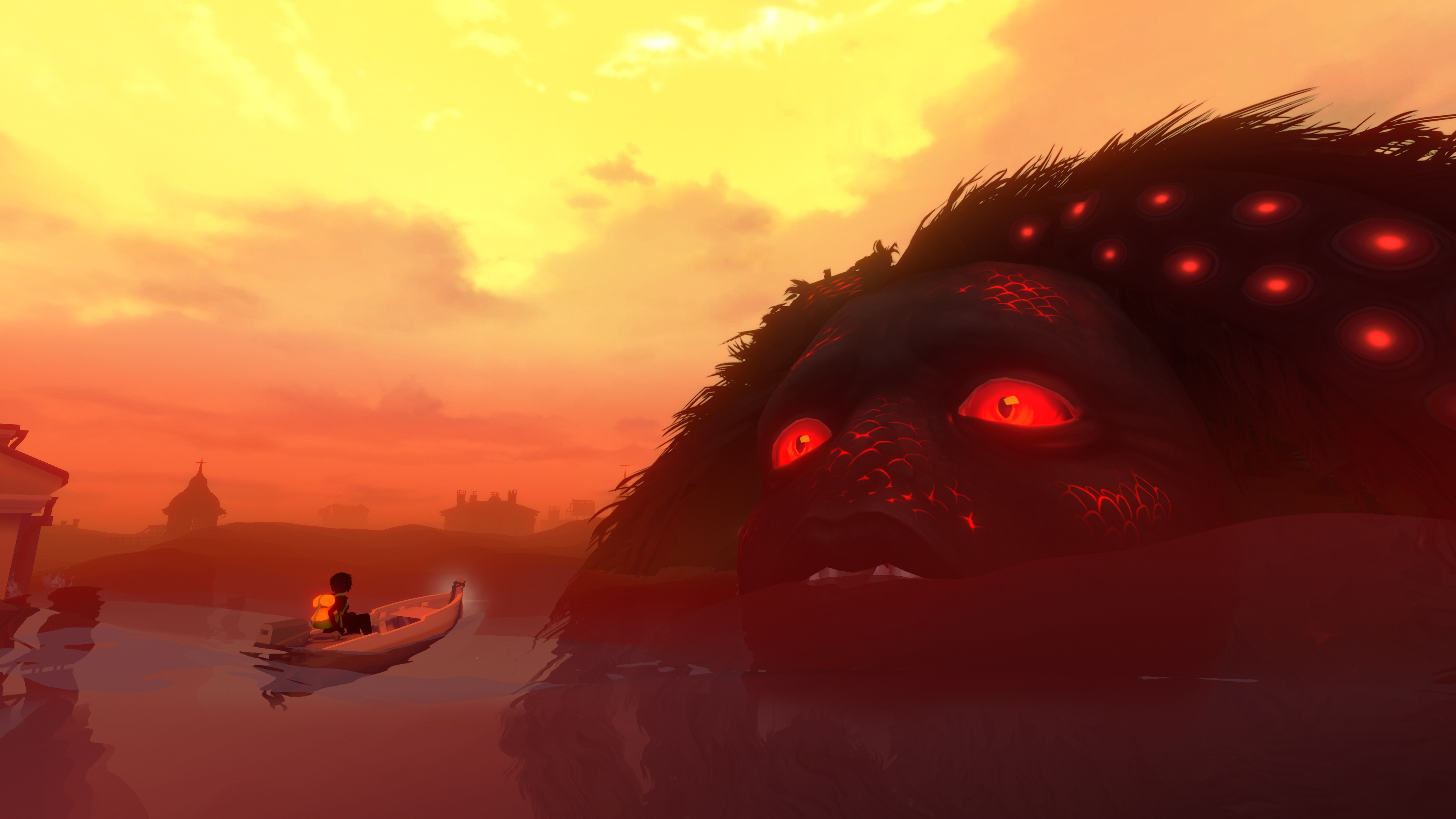
Though Sea of Solitude represents a large step forward for developer Jo-Mei Games, it's more a polished draft with some narrative hiccups than a fulfilling, emotionally complex roller coaster that strikes the right balance between game and worthwhile storytelling vehicle.
Robert Carnevale is a News Editor at Windows Central. In the past, his work has appeared on other sites, such as Tom's Guide, Tom's Hardware, Laptop Mag, MSN, Wired, Looper, and more. Also an author, he has written a novel, Cold War 2395. He loves Sci-Fi and Sonic The Hedgehog.
